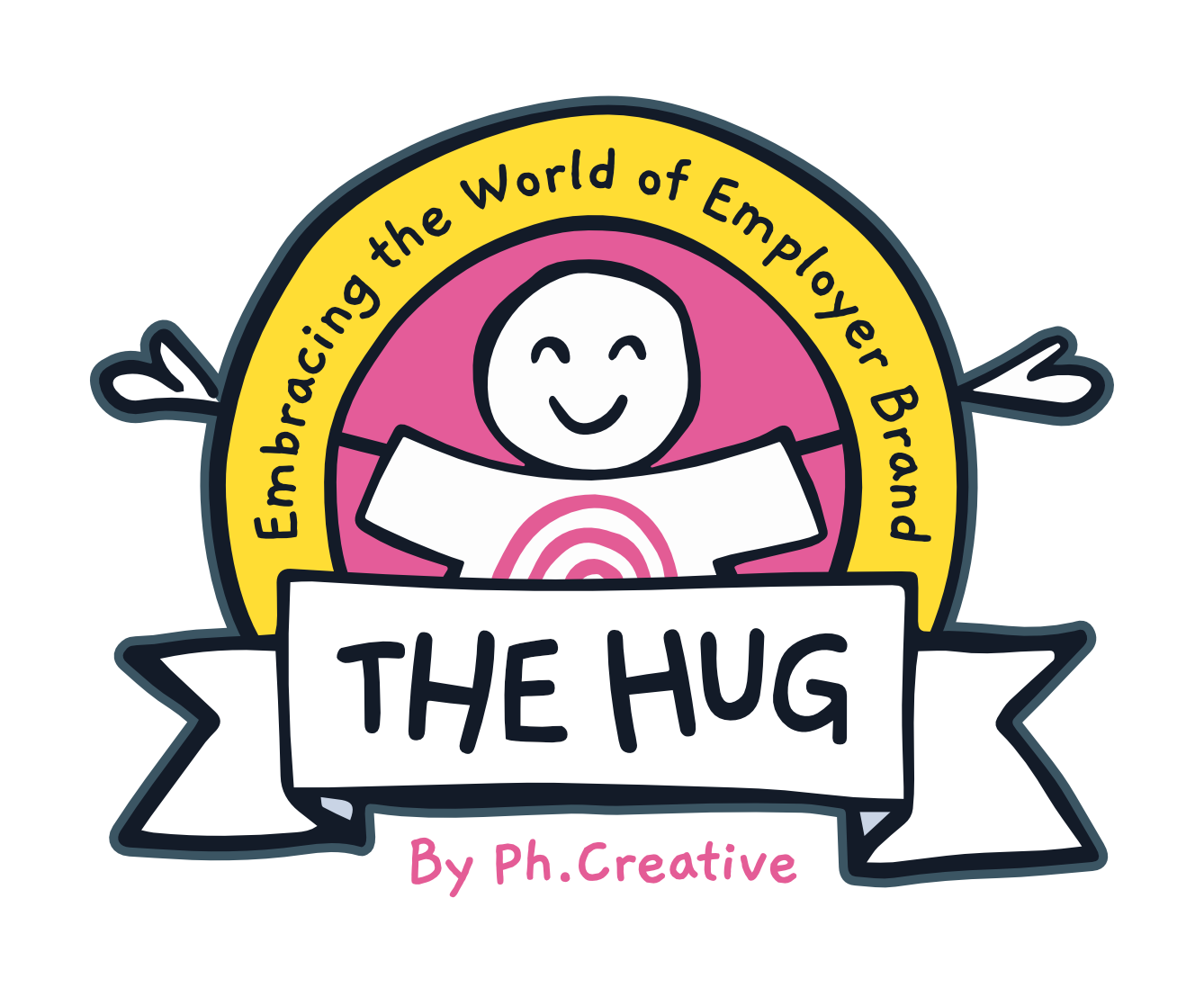What Happens When There's Too Little Turnover?
2 min read.
It's a topic rarely discussed in employer branding, which focuses primarily on attracting and retaining top talent, but is there such a thing as too little attrition? And could employer branding be used as a tool remedy it?
People aren't quitting anymore
The labour market is shifting. The once formidable wheels of The Great Resignation have ground to an epic halt, as more employees ditch the job boards in favour of staying put.
According to a recent WSJ article, U.S. employers added half as many jobs in October than they did in September, and the quit rate is at 2.3%, down from 3% in April 2022.
Meanwhile an October survey found that 73% of workers plan to remain in their current position, which is up 12% from last year.
Whether the lower turnover is due to increased job satisfaction, which is at its highest recorded level since 1987, or heightened fears of a recession causing people to stick with the devil they know, it’s clear that current attrition rates are glacial compared to the record highs post-pandemic, and large companies like Bank of America and Ferring Pharmaceuticals are suffering from the rapid shift in dynamic.
The Dark Side of High Retention
But isn’t low turnover a good thing? Isn’t that why, in employer branding, we put so much focus on talent retention? Well, yes and no.
Retaining your top performers is, of course, an essential strategy, and high turnover should be avoided. It’s expensive, can damage your reputation and have untold impacts on productivity and KPI’s as you scramble to bring new hires up to speed.
But when the flipside happens, when employees are stagnant and turnover is too low, employers face other dilemmas, such as inertia, going over budget on certain teams – meaning they must consider cutting staff – and the tanking morale of ambitious talent who don’t see opportunities to move up.
While this shift may simply be the dust settling back to prepandemic levels after an unprecedented quitting frenzy, leaders will still need to keep these things top of mind in 2024 to adapt to the new changes.
- Retraining individuals they already have
- Targeting passive candidates
- Keeping top employees motivated when internal positions aren’t opening up
- Leaning on employer branding to encourage employees to leave
Yes, you read that last one right.
Encouraging Turnover with EB
It’s true the pandemic set a new bar for the basic standard of employment, but in doing so it also increased expectations of employees, and pressure on employers to maintain those benefits.
Look at it this way: employees can have all the benefits; they can demand autonomy, flexibility and compensation, but after setting the bar so high for employers, they need to be able and willing to deliver on what’s needed to keep the wheels of commerce moving.
While we talk about employer branding as a sharp tool to recruit and retain talent, we may now be in a situation where smart businesses need to lean on their propositions to encourage people who are unsuitable, who are no longer aligned with the company’s values and wider goals, to move on.
Sign up to our blog

Every other Thursday we share:
✔ One feature full of our freshest insights
✔ An expert hack you'll love to use
✔ The links you need now
+ other helpful bits for thousands of EB and TA pros just like you
